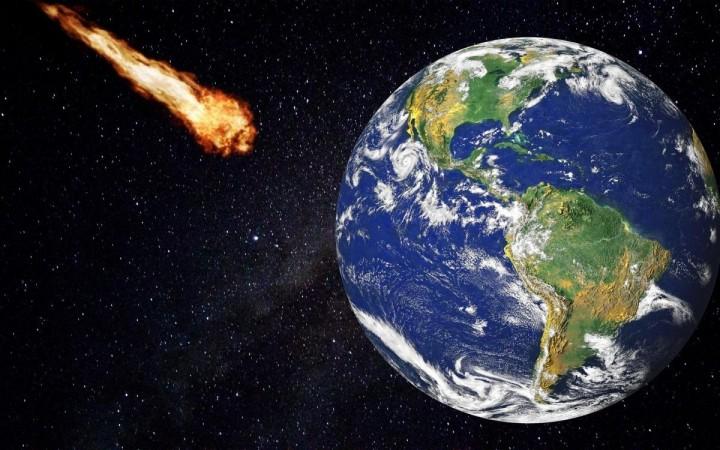It was a massive asteroid that wiped the dinosaurs from the face of this planet. And here's to hoping history doesn't repeat itself. But there's a really huge 2-mile asteroid headed our way on April 29, which has been creating panic among people even during the coronavirus crisis.
Dubbed as Asteroid (52768) 1998 OR2, the space rock is so huge that its streaks will be visible to an amateur sky gazer when it comes hurtling towards Earth by the end of the month. Even though it has been classified as Near-Earth Object (NEO), NASA claims that it will not pose any danger, but the scientists are keeping a watch nevertheless.
Watch the asteroid as it comes hurtling towards Earth
The 1.1 to 2.5 miles (1.8 to 4.1 kilometers) asteroid is taller than the tallest building in the world and is large enough to be spotted with a telescope on a clear night. However, scientists claim that the asteroid may be too bright to be visible on a normal telescope.

But you can watch a live-stream on the night of the flyby via the Virtual Telescope Project on April 28, starting at 2 PM ET.
The asteroid will appear like a slow-moving star as it passes the Earth at a safe distance, at least 16 times more than the distance between the earth and moon. This should give some peace to those who were worried.
NASA also points out that 'close' passage astronomically can still mean at least millions or even tens of millions of kilometers away.
For now, the asteroid is only visible through the professional telescopes. However, the amateur astronomers will be able to see it from their backyard telescopes during its close approach.
What Makes the Asteroid Dangerous?

Space rocks can be deemed potentially dangerous as per their size, more than 492ft (150m) and how close they are to Earth, at least within 4.6 million miles (7.5kms).
NASA said: "A relatively small number of near-Earth objects pass close enough to Earth and are large enough in size to warrant close observation.
The space agency further explains that the gravitational pull of the planets can sometimes remove objects from their orbital path and place them into earth-crossing orbit. This could lead to the possibility of a collision.
However, no objects for many hundred years are expected to strike Earth.
NASA also adds that the orbit of Asteroid 52768 is well understood as it will pass by the planet harmlessly. Therefore, there is nothing to worry about.

















